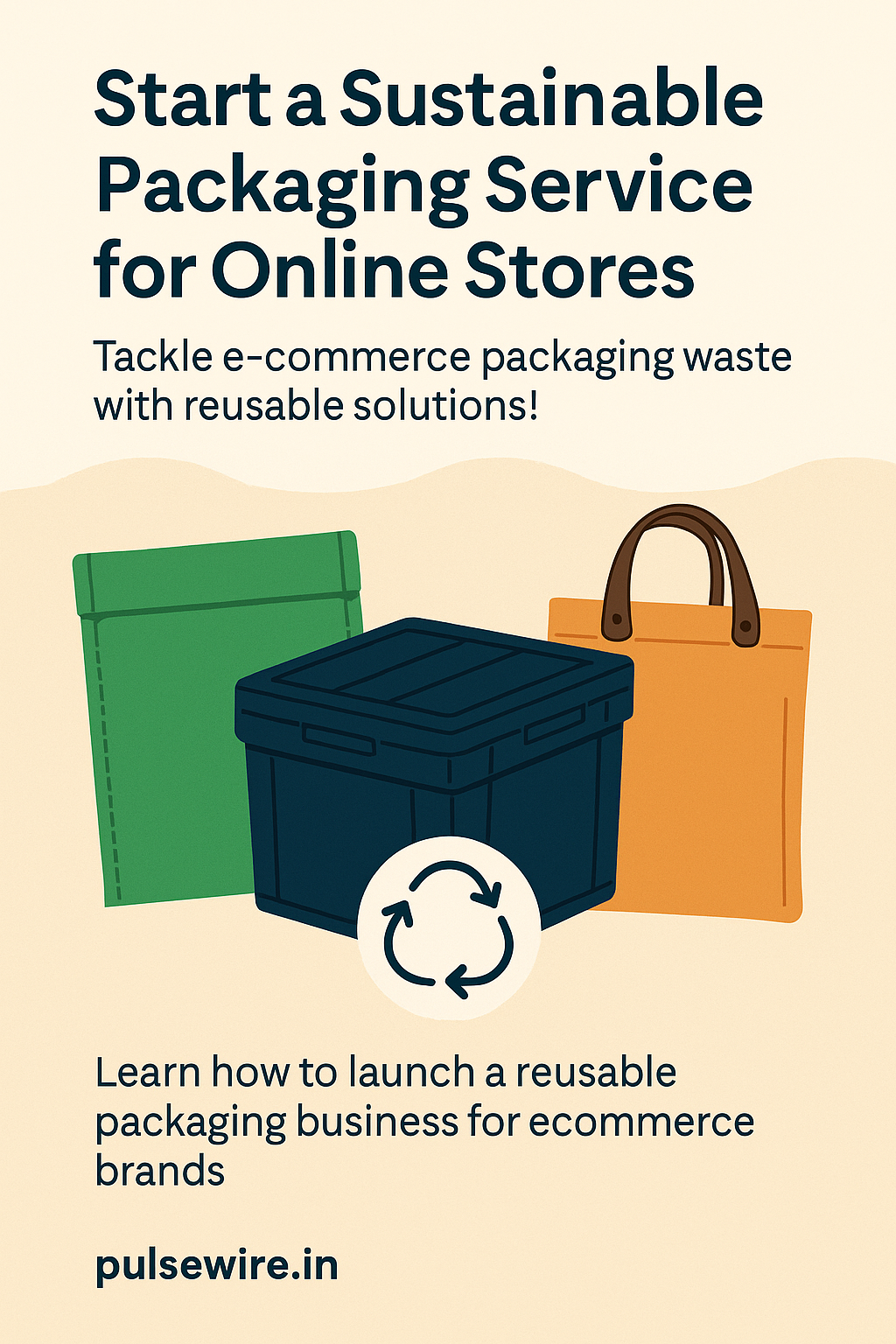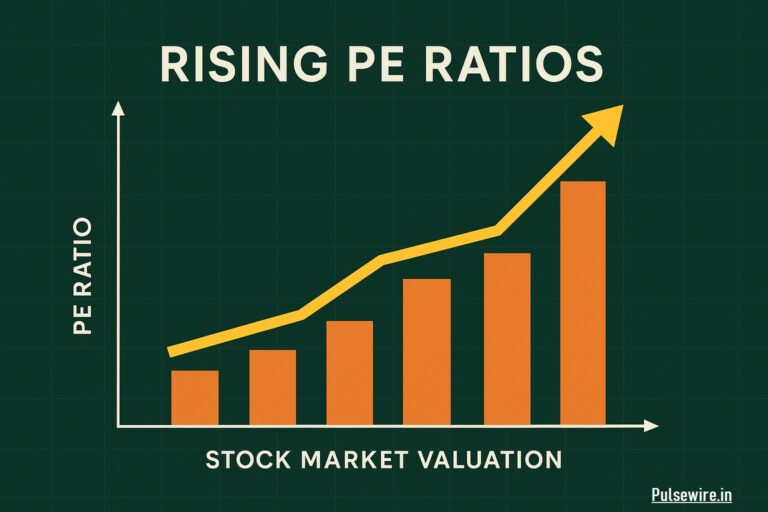
Imagine fresh, vibrant produce, grown just miles from your plate, without soil or pesticides. In our bustling cities, where space is a premium and fresh food demands are soaring, this isn’t a dream – it’s the reality of urban hydroponic farming.
As traditional agriculture grapples with limited land, high water use, and rising transport costs, urban hydroponics emerges as a clean, efficient, and sustainable alternative. In this article, we’ll explore what urban hydroponics is, why it’s gaining momentum, the potential earnings involved, and how you can turn this innovative method into a thriving green business.
🌿 What is Urban Hydroponics?
Hydroponics is a soil-free method of growing plants using a nutrient-rich water solution. In urban contexts, hydroponic systems can be set up in small spaces such as rooftops, basements, warehouses, or even balconies. Vertical farming techniques maximize output per square foot, making this method ideal for dense city areas.
🌱 Key Benefits Over Traditional Farming:
- Water Efficiency: Uses up to 90% less water.
- No Soil Required: Reduces disease and pest risk.
- Faster Growth: Controlled environments lead to quicker harvests.
- Year-Round Growing: Independent of seasons.
- No Pesticides Needed: Resulting in healthier produce.
🌆 Why Urban Hydroponics is Booming
📈 Rising Demand for Local & Fresh:
- Urban consumers value “farm-to-table” freshness.
- Restaurants and markets seek locally sourced, premium-quality greens.
🏙️ Solving the Urban Space Challenge:
- Compact, vertical systems fit small spaces.
- Utilize underused city spots like rooftops and garages.
🌍 Sustainability Factor:
- Low environmental impact.
- Supports local food security.
🎯 Reliable, Consistent Quality:
- Controlled systems produce uniform taste, color, and texture.
- Ideal for niche produce like microgreens and exotic herbs.
💰 Earning Potential: Can You Profit?
Urban hydroponic farms can be lucrative. Here’s a look at possible revenue models:
💼 Business Models:
- Direct-to-Consumer (D2C): Sell at farmers’ markets, CSA subscriptions, or direct delivery.
- Business-to-Business (B2B): Supply local restaurants, grocers, or hotels.
- Value-Added Products: Pre-packed salads, microgreen kits, etc.
📊 Earning Estimates:
🟢 Small-Scale Setup (200-500 sq ft):
- Crops: Lettuce, basil, mint
- Monthly Revenue: $1,000 – $5,000
- Profit Margins: 30% – 50%
🟢 Medium-Scale (1000-2000 sq ft warehouse):
- Monthly Revenue: $10,000 – $30,000
- Profit Margins: 25% – 40%
Earnings depend on crop type, scale, automation, energy use, and local demand.
📋 Launching Your Urban Hydroponic Farm
✅ Step-by-Step Checklist:
1. Choose Your Crop & Niche:
- Leafy greens, herbs, strawberries, microgreens
2. Select a Hydroponic System:
- NFT, DWC, Aeroponics, Vertical Towers
3. Prepare the Site:
- Light, ventilation, electricity, water access
4. Legal Requirements:
- Business registration, zoning permits, food safety (e.g., HACCP)
5. Budget Wisely:
- Grow lights, nutrients, trays, automation, seeds, packaging
6. Build Your Brand:
- Highlight sustainability, local freshness, and chemical-free produce
7. Marketing:
- Social media, chefs, farm-to-fork storytelling, local collabs
🚧 Challenges and Smart Solutions
| Challenge | Solution |
|---|---|
| High energy bills | Use LED lights, optimize cycles, explore solar |
| Knowledge curve | Online courses, forums, start with easy crops |
| Market access | Network with chefs, join local food groups |
| Initial investment | Start small, look for grants or agri-loans |
🌟 Final Thoughts: Your Urban Harvest Awaits
Urban hydroponic farming is not just a trend – it’s a smart, sustainable, and scalable business solution. It empowers city-dwellers to produce fresh, high-quality food while supporting environmental goals and earning a healthy income.
So, whether you dream of feeding your neighborhood or supplying gourmet chefs, your hydroponic journey can begin with a single seed and a clear vision.
🔗 Pulsewire Resources to Explore:
- Home-Based Micro-Bakery: From Passion to Profit in Your Own Kitchen
- Senior Tech Support Business | Home Automation for Elderly
- Smart Farming: Integrating Livestock Above Fish Ponds (Aqua-Livestock Guide)
🔗 External Sources:
- Hydroponics Basics – University of Arizona
- Vertical Farming Market Trends – Statista
- FSSAI Guidelines (India)
Author: The Pulsewire Team
Published Date: June 25, 2025

Sandeep Jadhav is a self-taught sustainability writer and the founder of Pulsewire.in. He shares insights on upcycled product manufacturing, green entrepreneurship, and eco-friendly business models. Though not formally certified, his work is backed by deep research and a strong passion for promoting climate-positive innovation.









